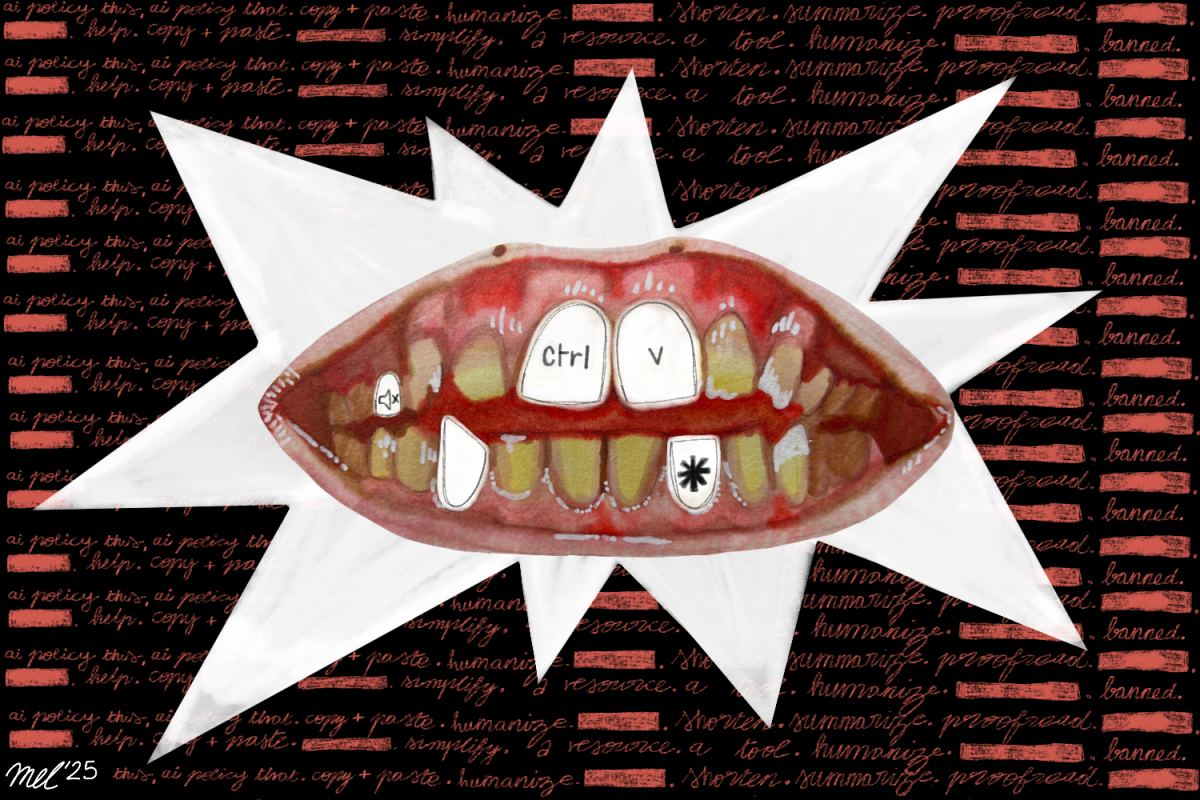Japanese author and Nobel Prize winner Kenzaburō Ōe wrote a book called “Kōzui wa waga tamashii ni oyobi,” meaning “the floodwaters have come into my soul.” Susan Napier, a professor of Japanese studies at Tufts University, remarked that the novel “[is] about a group of young anarchists [who] dream that the world will eventually be destroyed by nuclear energy, and then a wave will rise.” In a tragic shift from fiction to fact, this figment of a man’s imagination has been sadly realized.
Disasters, whether natural or manmade, are a reminder of the fragility of the human race. It is not how we endure that disaster that shows a countering strength, but it is the choices that we make as a consequence that allow us to reassure ourselves that we still have some kind of grasp on order or sense. We construct dams and shelters in the event of a natural disaster because we know that the same planet that has provided us with so much is equally capable of ruthless devastation.
But how is a nation supposed to grapple with the reality that a hybrid of nuclear and natural forces are ravaging its land, mercilessly sweeping away innocent lives and livelihoods alike?
Japan has just endured a devastating earthquake coupled with a vicious tsunami, providing a catalyst for chaos at the Fukushima nuclear reactor plant. The footage showing the tsunami tearing through the port, ramming boats into highways and ferociously uprooting homes is terrifying. The world watches as nuclear reactors explode, puffing exorbitant amounts of smoke into the air. Families who can no longer return to their own homes have been relegated to sheltering in schools as basic needs such as food and water become increasingly scarce.
Yet, the Japanese have shown incredible tranquility and resilience in the face of such pandemonium. With a quiet dignity, these same families have sought order in their now shattered world. They have begun to rebuild their lives from the rubble that hides the thousands that have been killed as a result.
We are no strangers to the disturbing images of bereaved women mourning the loss of their loved ones or rescue workers having to unceremoniously drag the dead out of the wreckage. This anguish is seen in the factory ruins and haphazard funerals. With a dead toll already more than 9,000 people, the heartache of a country is resounding around the world.
So how does recovery even begin amongst such brutal destruction? Japan has not been ravaged solely by an earthquake or a tsunami, but an earthquake of urgency and a tsunami of uncertainty that hold a greater significance to the global community. The potential economic and political implications stretch much further beyond the scattered remains on Japanese shores. Here is an occasion for the reemergence of the debate on nuclear power, an opportunity for an honest assessment of our planet.
Watching media coverage of one survivor in a school classroom, a wrinkled man speaks of his frustration with the handling of the Fukushima plant. A steady stream of tears gathers in his eyes before spilling over and nestling into the furrows of his face. As this man weeps in resignation about the disintegration of his home, men in copious amounts of protective equipment trudge through the snow. Nature’s own morbid blanket descends on its victims, coating battered cars and deserted streets.
Some have dubbed these brave men the “samurai” of the industrial age. Their destination is the menacing Fukushima nuclear plant. The risk of any contact with the site is extremely high. Should any of these workers be exposed to the harmful radioactivity for more than even 15 minutes, death is an imminent possibility. This same radioactivity has permeated the water supply in many surrounding towns, the most alarming being Tokyo.
This is not just the endangerment of a country, but a cultural identity that has been studied and admired for decades. A young Japanese girl uses her Twitter account to declare, “My dad went to the nuclear plant. I’ve never seen my mother cry so hard. People at the plant are struggling, sacrificing themselves to protect you. Please, Dad, come back alive.”
These small insights into unthinkable suffering are only a few of many, but the ferocity of the disasters has unfurled across countries. Against our cynicism, it is heartening to see the support Japan has received. International tensions are temporarily forgotten and economic competition is on a hiatus. The music industry has made its own contribution, bringing together Nicki Minaj, Lady Gaga, Bon Jovi, Rihanna, U2 and Justin Bieber to release a charity compilation album. A musical catastrophe setting off tremors of its own, but at least it’s in the name of a valiant cause.
Nevertheless, we must be weary of this event becoming a disaster that only remains a sensationalized news item for a time before fading into oblivion. Blindly giving disorganized aid will only worsen innocent lives. This is our chance to ensure our goodwill is coupled with purpose. Will our support remain steadfast, or will our desensitized selves fleetingly dwell on the unfortunate before switching to Charlie Sheen screaming, “I’m tired of pretending I’m not a total bitchin’ rock star from Mars”? Yes, that pretense must be so frustrating.
The potential longevity of the radioactive contamination is uncertain, but we can be sure that it will remain a troubling consideration for the foreseeable future. We would be wise to heed a Japanese proverb, “Vision without action is a daydream. Action without vision is a nightmare.”
Sofiya Madhi is a freshman in the College of Arts and Sciences and a weekly columnist at The Daily Free Press. She can be reached at [email protected].




















































































































